- News
- Reviews
- Bikes
- Accessories
- Accessories - misc
- Computer mounts
- Bags
- Bar ends
- Bike bags & cases
- Bottle cages
- Bottles
- Cameras
- Car racks
- Child seats
- Computers
- Glasses
- GPS units
- Helmets
- Lights - front
- Lights - rear
- Lights - sets
- Locks
- Mirrors
- Mudguards
- Racks
- Pumps & CO2 inflators
- Puncture kits
- Reflectives
- Smart watches
- Stands and racks
- Trailers
- Clothing
- Components
- Bar tape & grips
- Bottom brackets
- Brake & gear cables
- Brake & STI levers
- Brake pads & spares
- Brakes
- Cassettes & freewheels
- Chains
- Chainsets & chainrings
- Derailleurs - front
- Derailleurs - rear
- Forks
- Gear levers & shifters
- Groupsets
- Handlebars & extensions
- Headsets
- Hubs
- Inner tubes
- Pedals
- Quick releases & skewers
- Saddles
- Seatposts
- Stems
- Wheels
- Tyres
- Health, fitness and nutrition
- Tools and workshop
- Miscellaneous
- Tubeless valves
- Buyers Guides
- Features
- Forum
- Recommends
- Podcast
feature
 Evoc Bike Travel Bag and stand - airport 1.jpg
Evoc Bike Travel Bag and stand - airport 1.jpgThe stuff they never tell you about flying with your bike
Flying with your bike is nothing to be nervous about but a few insider tips can make the experience a whole lot easier.
Here are some of the issues that we've experienced and heard about, along with the best ways to tackle them.
Give yourself plenty of time to pack your bike
Packing your bike might take longer than you think, especially if it's your first time with a new box, so don't leave it until the day you're flying. Some brands have detailed instructions to follow or even online videos to help you get it right.
Fair enough, once you've done it a few times you can be more carefree, but to begin with give yourself bags of time.
Mark your saddle height
Mark your saddle height before taking your seatpost out of the frame. A piece of tape around the post will do the job. It just makes life a little bit easier on the other side.
Pack carefully
Arm yourself with loads of bubble wrap, foam pipe lagging (available cheaply from DIY stores), and tape (electrical tape is perfect), and cover up everything you can – frame tubes, crank arms, handlebar, stem, seatpost...
Pack everything carefully and don't forget that security could open your bike box to check what's inside, and they might not be so attentive when they repack it. The more you have covered up, the less chance there is of anything they leave loose causing damage.
Check out 16 of the best bike bags and boxes
Be particularly careful with disc rotors (they can get bent), chainrings and the rear derailleur, all of which can be damaged quite easily.
We always use an old set of quick release skewers (rather than the set we intend to use when riding the bike) to attach the wheels to the sidewalls of the box just in case one gets damaged in transit.
Secure everything inside your bike box
Minimise the movement of everything inside your bike box by strapping it all in place as tightly as possible. Don't forget that the box might find itself upside down somewhere along its journey, so anything not secured could end up anywhere.
Don't put your pedals loose on the bottom of the box and expect them to stay there, for instance. Either strap them to the side of the box or cover them in bubble wrap and stick them in a bag.
All bikes won't fit in all boxes
Some bikes and boxes don't work well together. Unusually large bikes and some mountain bikes can be tricky, and some time trial/triathlon bikes take a lot of disassembling.
As you'd expect, smaller bikes are easier to pack. You might get away with leaving the seatpost in the frame of a smaller bike, for example, whereas you'll probably have to remove it from a larger frame.
If in doubt, check with the box manufacturer before parting with your money.
Use spacers between the dropouts
Fit spacers between the dropouts of your frame and fork to prevent damage.
You can buy dropout spacers like these ones from Scicon (£21), but plastic ones are fitted to bikes when they're sent from the manufacturer to bike shops, so have a word and they might give you a couple for nowt.
Use disc brake pad spacers
If your bike has disc brakes, fit a pair of pad spacers to stop the brakes closing accidentally without a rotor in place.
You can use a cardboard box as a bike box
You can get a cardboard delivery box from your local bike shop and use that instead of a plastic bike box.
A cardboard box doesn't offer the same level of protection as a rigid-sided bike box, but we know of people who have used them for years without incident.
Consider removing the rear derailleur
Some people always remove the rear derailleur before travelling. We'd say that you're okay to leave it in place if your bike isn't resting on it (the frame is suspended) and there's no danger of the side of the box or anything inside pushing against it, which could cause the hanger to bend.
If you can't guarantee that, whip it off and wrap it up.
Check the weight of your packed bike box
Bear in mind when you buy your bike box that some weigh much more than others, and different airlines have different weight allowances.
Rocking up at the airport and finding that your bike box is over the weight limit is a right royal pain in the arse, so check it before you leave home.
Hanging scales are perfect for the job, but if you don't have them your bathroom scales will do.
If you can't balance your bike box on the scales, weigh yourself, then weigh yourself again while holding your bike box off the ground and calculate the difference.
Someone will ask what's in the box
Even if your bike box has the outline of wheels moulded into the plastic and Bike Box Alan stickers plastered all over it, at some point a fellow traveller will ask you what's inside. You could try travelling in full-Lycra but we suspect someone would still ask.
Don't pile stuff on top of a bike bag
Don't stick your bike bag on an airport trolley and then heap the rest of your luggage on top or you'll risk crush damage. Stand it upright to avoid trouble.
You'll have to lift the bike box at some point
All bike boxes and most bags come with wheels, but you still have to lift them from time to time – over gravel driveways, into the back of the car, up steps at the train station, and so on.
Read our bike bags and cases reviews
Even with a lightweight road bike inside, a fully packed bike box might weigh around 20kg. You can probably manage that for a short distance, but the size and shape can be awkward so you might want to have a trial run ahead of time, and maybe even fashion yourself a shoulder strap out of a length of webbing if you have to carry it far.
While you're at it, a lanyard threaded through a latch can make pulling a bike box a whole lot easier.
Don't carry tools in your hand luggage
The rules covering what you're allowed to carry in your hand luggage at UK airports say no screwdrivers, pliers or "tools with a blade or shaft longer than 6cm".
Gatwick Airport's security advice says, "Items that you can have in your hold baggage but not in your hand baggage include... tools (including multi-tools and penknives)."
We've heard of people having multi tools and hex keys taken off them, so you're better off avoiding the hassle by putting anything like this into the hold.
CO2 cartridges can be a hassle
The UK Civil Aviation Authority (CAA) says that you can carry "no more than four small cylinders of carbon dioxide or other suitable non-flammable non-toxic gas per person and the water capacity of each cylinder must not exceed 50ml".
For CO2, a gas cylinder with a water capacity of 50ml is equivalent to a 28g cartridge.
However, Gatwick Airport's security advice says, "There are some items that you’re not allowed to take on your aircraft in either your hand baggage or your hold luggage [including] any gas cylinders."
The US Transportation Security Administration (TSA) says, "Except for personal medical oxygen cylinders, you can only carry an EMPTY compressed gas cylinder onboard a plane."
If you take them, be prepared to lose them.
Some airlines are more bike-friendly than others
Every airline publishes its bike carrying policy online; just Google 'easyJet bike' (or whatever) to get the info you need, including size and weight limits, and charges.
Bear in mind that where additional fees apply they'll be charged in both directions. If you want to take your bike with Ryanair, for example, it'll cost you £60 for the way out and another £60 for the way back (that's at the time of booking; it's £75 in each direction if you want to amend an existing booking).
British Airways currently allows you to take a boxed bike as part of your checked bag allowance, costing you no extra as long as its under 23kg. That weight limit isn't a problem for a road bike, although you might struggle with some mountain bikes and heavier boxes.
Oversized baggage can turn up virtually anywhere
Sometimes there's a designated collection point in the baggage reclaim hall for oversized baggage, sometimes your bike box will appear on the carousel with the rest of the bags and suitcases, sometimes it'll be pushed through a door next to the carousel...
Don't presume that the same airport will do the same thing every time.
Make sure your bike box(es) will fit into your hire car
Two bike boxes will fit inside a Fiat Panda or a Vauxhall Corsa with the back seats folded down, despite what they tell you at the car hire desk when they want you to upgrade. You'll get a couple more bags in too, but things start to get dicey if you plan on taking much more.
Check the dimensions of your bike box(es) against the dimensions of your hire car, just to be sure, and make certain that the boot opening is large enough.
Carrying your bike on a train or bus at the other end?
Check the rules. Sometimes it's easy, sometimes it ain't.
Consider having your bike delivered for you
Companies like Sherpr will send a box for you to pack, then they'll come and pick it up and deliver it to your final destination.
You have to pay for the privilege, of course, but it saves you the hassle of lugging your bike around.
Get insurance
Make sure your bike is insured for foreign travel; if anything goes wrong it could be expensive. Damage can occur when you're not with your bike and it's sometimes difficult to get anyone to accept liability.
Mat has been in cycling media since 1996, on titles including BikeRadar, Total Bike, Total Mountain Bike, What Mountain Bike and Mountain Biking UK, and he has been editor of 220 Triathlon and Cycling Plus. Mat has been road.cc technical editor for over a decade, testing bikes, fettling the latest kit, and trying out the most up-to-the-minute clothing. He has won his category in Ironman UK 70.3 and finished on the podium in both marathons he has run. Mat is a Cambridge graduate who did a post-grad in magazine journalism, and he is a winner of the Cycling Media Award for Specialist Online Writer. Now over 50, he's riding road and gravel bikes most days for fun and fitness rather than training for competitions.
Latest Comments
- wtjs 1 hour 4 min ago
In the vast majority of these bike cam skirmishes (and in a similar % of car dashcam videos), the outcome is blatant from early on......
- wtjs 1 hour 58 min ago
district judge Andrew Sweet banned the rapper, who was not present in court, from driving for nine months and fined him £2,010...
- Mpcleathero 2 hours 18 min ago
As with lots of the trade, quality has suffered. ...
- Smoggysteve 3 hours 50 min ago
There have been a few like this. I saw a very genuine looking one selling Castelli and Rapha around June time. I very nearly bought something but...
- Secret_squirrel 4 hours 12 min ago
Thats hugely overpriced too unless you want the running stats, when the basic Garmin or Polar is £45. And again there are a dozen watches that can...
- wtjs 4 hours 34 min ago
None of these publicity-heavy, action-lite 'initiatives' will, I agree, make the slightest difference while the police are acting to thwart them...
- David9694 4 hours 36 min ago
Police block road after (driverless) car ploughs into telegraph pole...
- Backladder 5 hours 18 min ago
I assume the point of using a 10-36 cassette was to avoid large changes of cadence, I agree it wouldn't work for me but I've see younger clubmates...
- Hirsute 5 hours 33 min ago
A road in a Suffolk town centre is blocked after a car overturned in a crash. ...
- chrisonabike 6 hours 21 min ago
Good point, is that a reference to what Carlton Reid is on about ("Let's rescue Britain's forgotten 1930s protected cycleways")?...
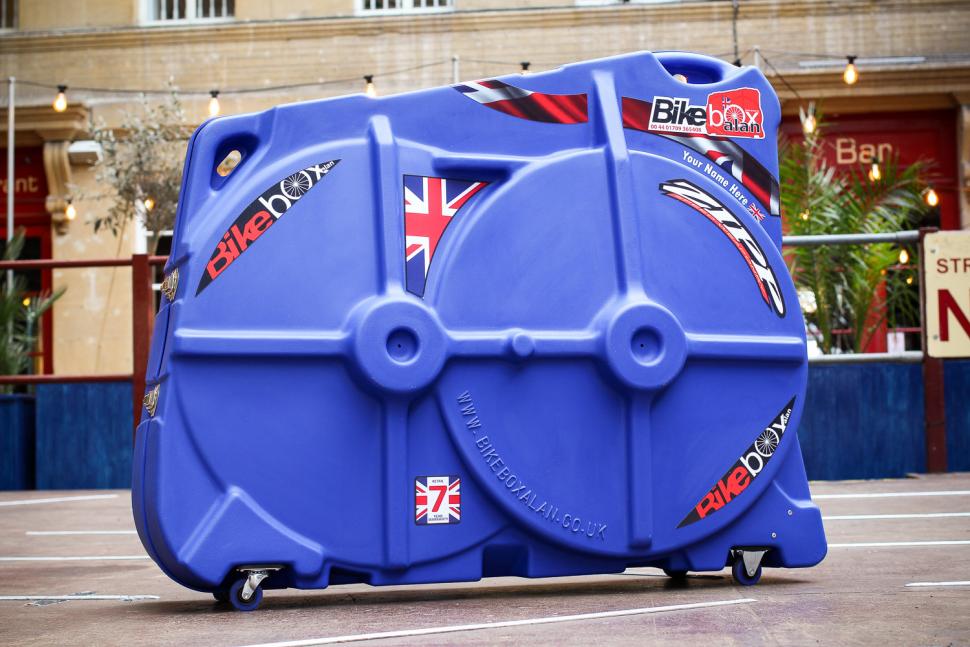
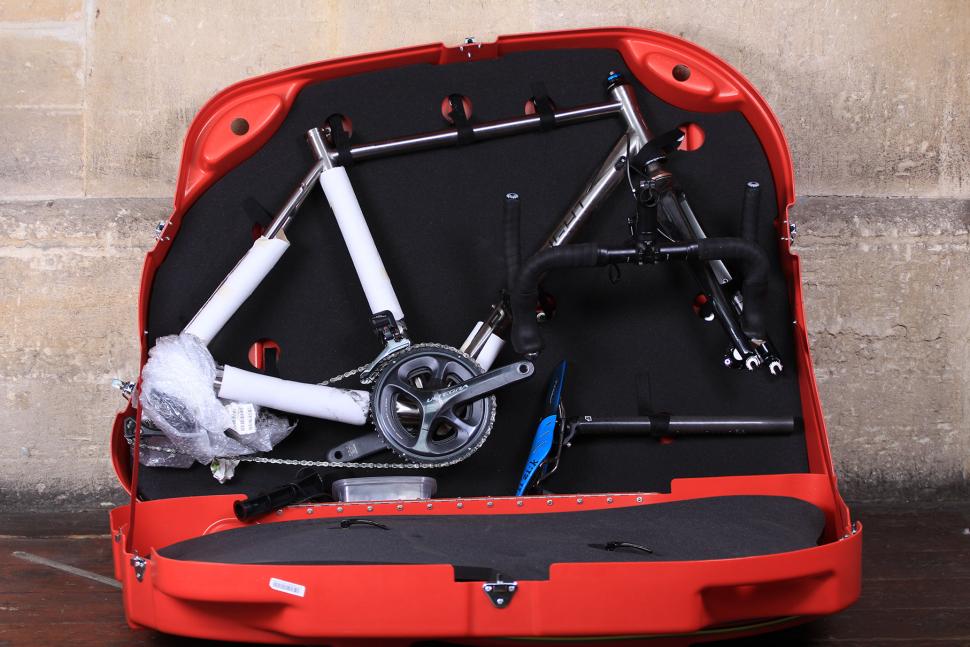




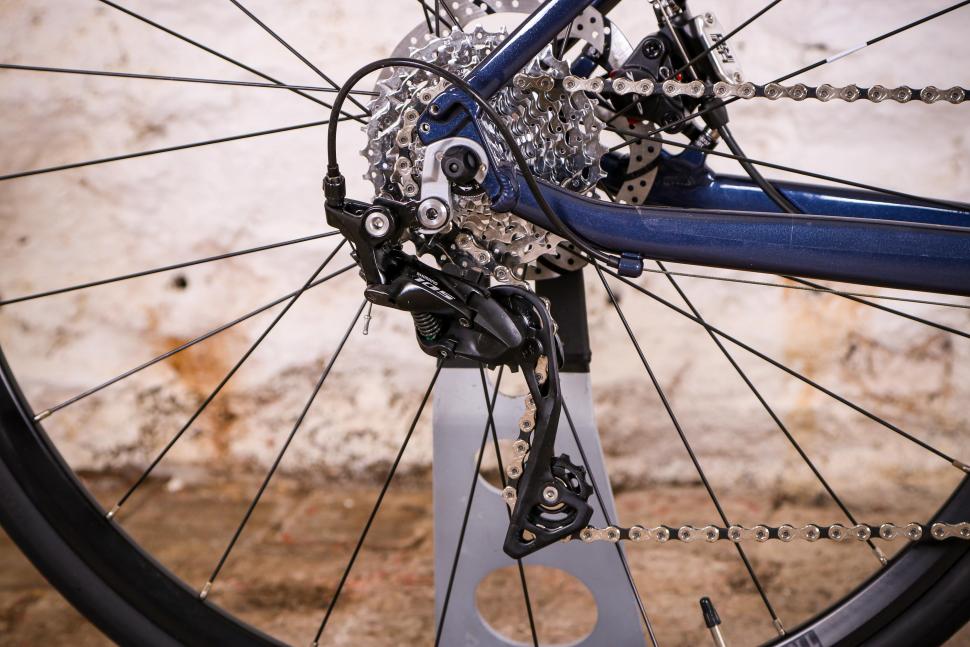
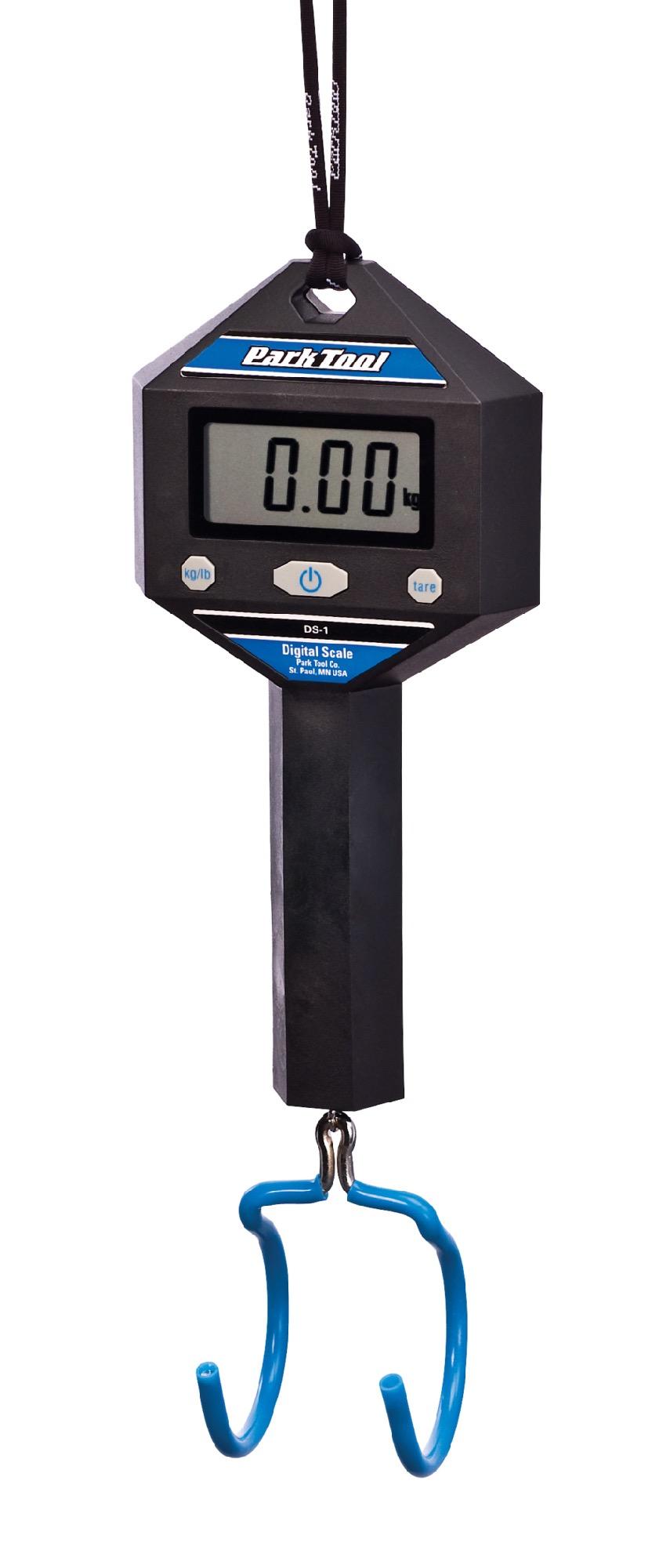

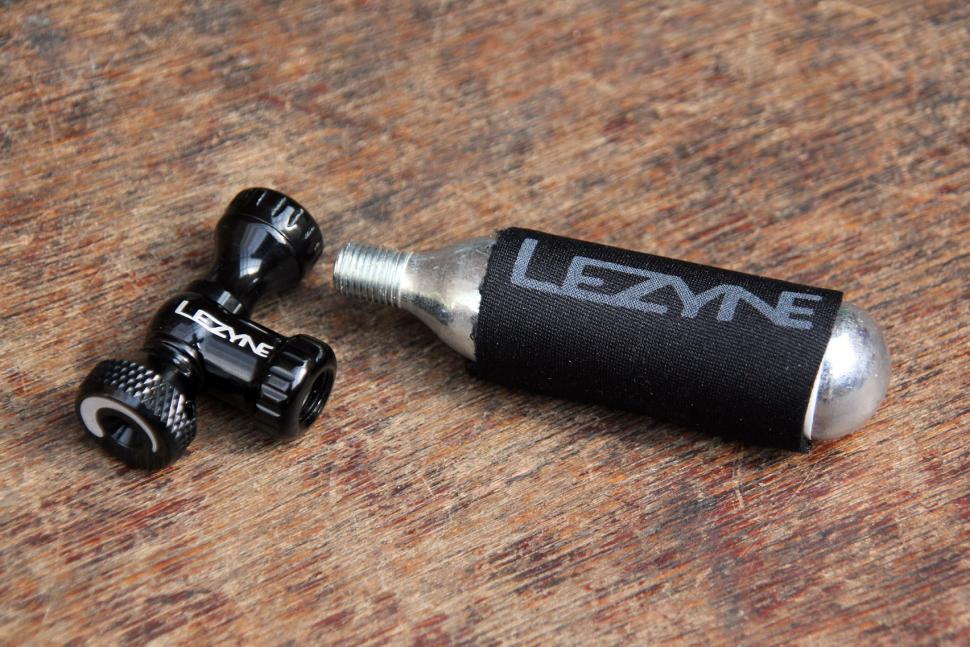
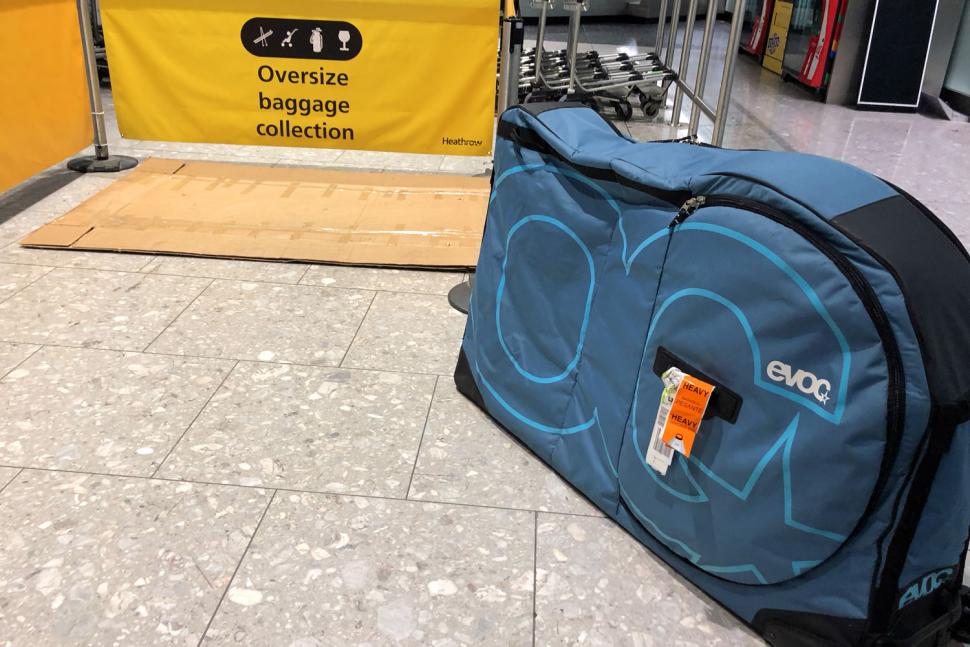

Add new comment
23 comments
Got a an original BBA and wonder what gear I should leave my bike it to travel? Ive got a double chainset and usuually leave it in the smaller chainring on a mid range gear - is this recommended?
"What's in the box?" Kinetic Sculpture. Has gotten me "no charge" several times.
After a couple of times of taking my own bike, I rented one last time. It did make life a lot easier, and cost less, but I did miss my old steed...
I would certainly recommend removing the rear derailleur. Takes seconds and is likely to save you a bent hanger.
Be aware if the airline offer to take your bike without packing it. Yes, some now do. I was surprised to have a visitor arrive with a bike (Frankfurt to Hamburg with Lufthansa) this summer that went on and came off the aircraft without a scratch. Handlers at both ends handled it like it was second nature to them. However, on taking the visitor back to check in for the return flight back with Lufthansa from Hamburg to Frankfurt they refused the bike. The handlers at the oversized counter shrugged and smiled saying if it had a tag on it they would take it, but no interest at the checkin counter - even after explaining that the bike had been brought inbound on the same aircraft and airline. So, even though the "hub" airport might take an unpacked bike - beware as the return airport may well not do.
@Lufthansa - come on guys - I thought you were keen to get us travelling again? This kind of pro-active approach in Frankfurt is quite obviously of no use if you don't ensure it works also for the return leg of the ticket you sold
Seeing these articles reminds me of the time I went on holiday with Nielson when they were hosting a Tri camp. I remember seeing about 10 bike boxes being loaded at Gatwick with envious eyes. All was going well until arriving at the Greek airport which was a small terminal building with 1 carousel and not a lot else. (Preveza I think)
The Greek baggage handlers insisted on loading the bike boxes on the much too small and narrow baggage belt - which was fine for them on the other side of the wall. Caused total carnage on the passenger side when the boxes all toppled off at the first corner, scattering boxes and people around like 9 pins. The poor owners all had kittens.
Your bike doesn't have to fly anywhere!
It is now customary that I post after these articles that there are ways other than flying to get your bike to wonderful places to ride (when we are once again able to do so, of course). I usually take about 160 people a year to huge variety of destinations: Alps, Pyrenees, Mont Ventoux, Amsterdam, Girona, Flanders, etc. I take all my groups' bikes with me by road, and some of the guests come with me in comfort by road and I meet others at an airport or train station way down south. No bikes need to go anywhere near a bike box or bag or baggage carousel or (mis)handler. They travel ready to ride so we are usually riding by lunchtime on the day that you leave the UK and until after lunch on the day you come home. No need to waste your precious holiday time reassembling and dissembling your bikes to go back in the box. If you like the sound of this have a look at www.lavieenvelo.com,
(apologies if you object to a commercial post but I think, in this instance, it is relevant to the discussion, and no article ever includes what I offer in spite of me operating successfully for over 5 years).
ALl the checking the world can mean nothing on the day when you turn up and the person on the gate on the day decides that they will use their discretion and your bike needs a special charge, or can't fit and has to go as special luggage.
Some airports have their own special rules & charges, I was nearly stung by a 100 Euro fee transitting somewhere in Germany, managed to politely talk my way out of it
One day the security people at an airport WILL decide that your carefully packed & boxed bike needs to be completely unpacked to be inspected "for security". You will then be given five minutes to throw it all back into the box to make it to the aircraft
Pack it as though the ground crew are going to physically throw it 2 metres from conveyer belt towards the trolley, and well enough so that when they miss and it hits the tarmac it'll survive -- yes, I watched them do this from the window of the aircraft while waiting to disembark
Wrap your chainset in an IKEA bag.
An inflatable roofrack allows your bike box to go on the hire car roof and the rest of the family and luggage to go inside. Or a semi-soft bike bag that will fold up and go flat in the boot and a sea sucker roofrack for the bike. Done both, but ran out of nerve with the soft bike bag and airports.
It massively depends on the airport too. I've had no problems in Gatwick or Liverpool for multiple flights, but Manchester has been an absolute pain every time.
Last time going out they removed my single CO2, which has never been a problem anywhere else. That is fair enough, and easy to do.
Only the way back catching an onward flight, they searched the whole bag, and filled out a full risk form over my chain lube. Took 20 minutes of the guy searching the whole bag, finding the lube, reading the back of it for ages, filling out forms, holding up everything. It was crazy.
You will find that most check-in staff are not employed by the airlines, they are usually one of the handling agents or airport staff employees who operate check-in on a contract for each airline. They will quite often wear the airline's uniform,so it looks to you like they are actually working for the airline you have booked with. This is even more true overseas.
They may operate check-in for different airlines on different days. Each carrier has its own set of 'Conditions of Carriage', which stipulate what you can and can't carry in cabin and hold. These must follow the Dangerous Goods Regulations, but some will, and some won't apply the exceptions exactly the same. CO2 cartridges are the classic. EasyJet regs allow for 4 per person (they changed it a few years ago), but you may find the check-in, or more likely Aiport Security operative doing the outsize back x-ray checking is unaware of the specific airline's rule.
In the past I have had the easyJet check-in supervisor attend outsize baggage with me and my group, who handed a specific form to the security x-ray operator confirming the CO2 cartridges were allowed. The security bod was happy with that, and through we went. This was at Manchester. The same cannot be said on the return - some are very lax and others pedantic as feck.
PP
In fairness, it may seem crazy to you as it's 'only chain lube'. Now, carriers have a duty of care regarding the safety of the aeroplane. The Dangerous Goods Regulations have been developed over the years to classify what is safe and what is potentially not safe to be carried in hand luggage, hold luggage and cargo on aeroplanes, which are obviously even more strict for passenger aeroplanes. There are items that are down right banned, others that have restrictions and those that pose no risk.
Not only does it list thousands of chemicals, products, devices etc etc and classify whether they can, or can't be carried, but where they can be carried, in what quantities and what they can or cannot be carried with (such as other products that alone are harmless but together can become dangerous). It also gives guidance on packaging and contains an Emergency Response Guide for pilots in case something happens.
Aeroplanes have crashed due to various dangerous goods incidents in flight, including leaking corrosive liquids, exploding or burning chemicals, reactions between chemicals, you name it, it's happened.
So, when you read the chemical constituents of a simple bottle of chain lube, can you tell whether any of those ingredients could potentially endanger a flight should the bottle leak? Tricky eh? And what other chemicals are contained in the myriad of bike products, cosmetics, household products, novelty items or even those that the simple idiot member of the public has secreted away in their suitcase? How will your chain lube react if mixed with them?
Air travel has become so everyday that it is difficult as a punter to appreciate the complexity and work that goes on behind the scenes to ensure a safe flight. It truly is remarkable and is constantly being revised and updated as more and more 'products' come on the market and someone tries to carry them on a flight...it is not the same as jumping in a car...
One of the biggest threats now is thermal runaway of laptop/ mobility scooter type batteries. That is one fiercely intense fire. I hope I'm never faced with such a scenario mid-Atlantic....
So have a little sympathy for those who have to sign our name(s) to every stage of the pre-flight stating that ALL the regs and rules have been followed to ensure that flight is safe. As Captain, I sign for the lot before departing and it is my job to ensure that safety is maintained throughout. I rely on a huge number of other people doing their jobs properly in order to do this. All of us (if we are still alive) who have signed our names may have to stand in a court of law justifying our decisions at some point.
Hopefully that puts your £10 worth of minor frustration into context.
"Happy flighting!"
PP
I live in the US and am interested in taking out insurance against any potential damage caused to my bicycle by the airline I'm flying. Any suggestions? I'm having a difficult time finding flight insurance.
I use PedalSure in the U.K., don't know if they have an equivalent in the US. It's part of a household buildings and contents policy aimed specifically at cyclists. Insurance provider is Axa.
It covers all my (and family) bikes - I have two Colnagos with nominated £10k values. They are covered for theft from home, whilst travelling, abroad or whilst parked up (as long as they are locked to an imovable object).
They are covered whilst in transit against damage, including commercial flights and also accident damage from me being involved in a crash. It also covers ALL ancillaries such as clothing, helmet, shoes, Garmin, lights, infact anything associated with my riding.
PP
My experiences; All the verbal promises in the world when booking won't matter, the person on the checkin counter on the day will have the final say, be early, be polite. Watch out if you're flying on any airline that codeshares with others, the one you booked might allow bikes with one set of rules, the one you end up on might have a different set of rules! Some *airports* charge a bike handling fee, so if you transit them you can suddenly get whacked with a nasty charge (can't remember, think it was Frankfurt). Security or checkin at an airport (thanks Heathrow) might decide that your entire bike needs to be unpacked from its box and examined, you'll be escorted off into the bowels of the airport and watch as they unpack it all and examine it, then *you* are given five minutes to cram it all back in the box because "you're holding them up" -- carry extra packing tape in the box, not in your carry-on because security will confiscate it! Pack your bike as though the luggage handlers are going to give it a roundhouse kick to stop it falling off a luggage trolley -- yes, I watched that happen to mine from inside the aircraft (Frankfurt). If you have to take your bike off to somewhere with the other "oversize items" make sure as best you can that it really will go on the aircraft with you... and not four hours later because "sometimes it doesn't all get loaded"
If you can afford it - and if they fly where you want to go - British Airways business class gives you 2 x 32 kg baggage allowance per person.
If you have a bike box and four panniers inside a massive, FOAD canvas bag (as we do), then it works out no more expensive than flying economy and paying for exra baggage.
At least, that's our experience. YMMV and all that.
You could pay £21 for those Scicon dropout spacers (they do look nice, it's true), but I've been using a couple of bits of copper plumbing pipe and 4 large washers with the wheel QRs.
I've had problems packing a bike with disc brakes, as the disks were trying to bash the frame in a nasty combination of bending one and gouging the other. Ended up taking them off, dropping them in a food bag and taping that between the spokes.
I've hated Heathrow T5 from the first time I used it, travelling with a bike box, as none of the lift doors are wide enough to get a trolley with a bike box on through, so it's take bike box off trolley, put in lift, follow with trolley, etc, etc. Needed a trolley, as had other baggage.
My Bikeboxalan was purchased several years ago and was designed around rim brakes. Not sure if they have updated the design to accommodate disc bikes now, but I found one disk would have to be removed as it would foul.
Previous bike had 6 bolt rotors and that was a bit of a pain. I've now got centre lock, which is simple in comparison. I too place them in a sandwich type bag to avoid getting them contaminated, then put them in a cardboard 'sandwich' for protection. Taped between the spokes is a good idea.
PP
Don't forget to deflate tyres. Put rags and wet ones in the box so you can keep your hands and bike clean while you unpack.
They also tell you to deflate suspension forks and rear shocks.
I haven't bothered on the last flights I've done. The pressure difference between ground level and inside the plane at altitude isn't that much. Planes generally have a cabin pressure equivalent to 8000', which is around 10.9 psi and ground level is 14.7 psi - that difference isn't going to bother something engineered to cope with over 100psi.
Agree with the rags, though.
I got lax about deflating tyres, especially knowing that I'd have to pump them back up with a minipump. Last Nov. had a blown out rear tyre on a flight to NZ, shouldn't happen, but it did. The tyres were around 45-50psi and they're rated 75 according to the sidewalls. One good thing out of it, Queenstown buses all have bike racks on the front and go direct from the airport to the centre of town.
Well, that was caused by something else, not the pressurisation system of the aeroplane, unless you depressurised, the masks dropped and the pilots carried out an emergency descent to <10,000ft. It's quite easy to tell if that is being done due to the 'rubber jungle' dropping and the screaming, and of course now mobile phone filming of your fellow passengers.
They don't call me Pilot Pete for nothing!
PP
SPD pedals look surprisingly like grenades when X-Rayed in your hand luggage. That is all
Good tip about tools in hand-luggage. Gatwick security confiscated my mini torque wrench that I had forgot to put with the bike. When I asked why I was told it was to stop me interfering with the plane. I'd never thought of unbolting my seat and sliding it back for more legroom up to that point!